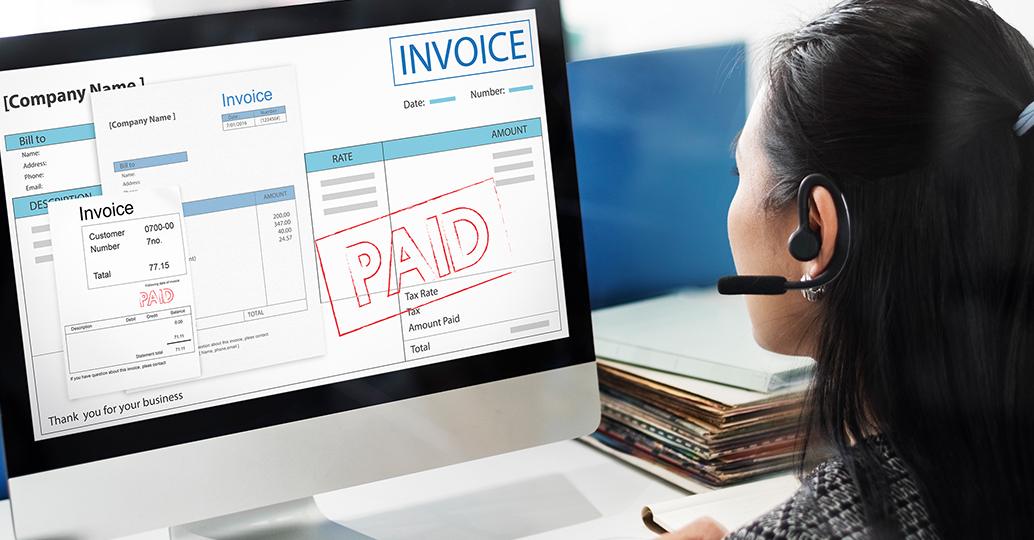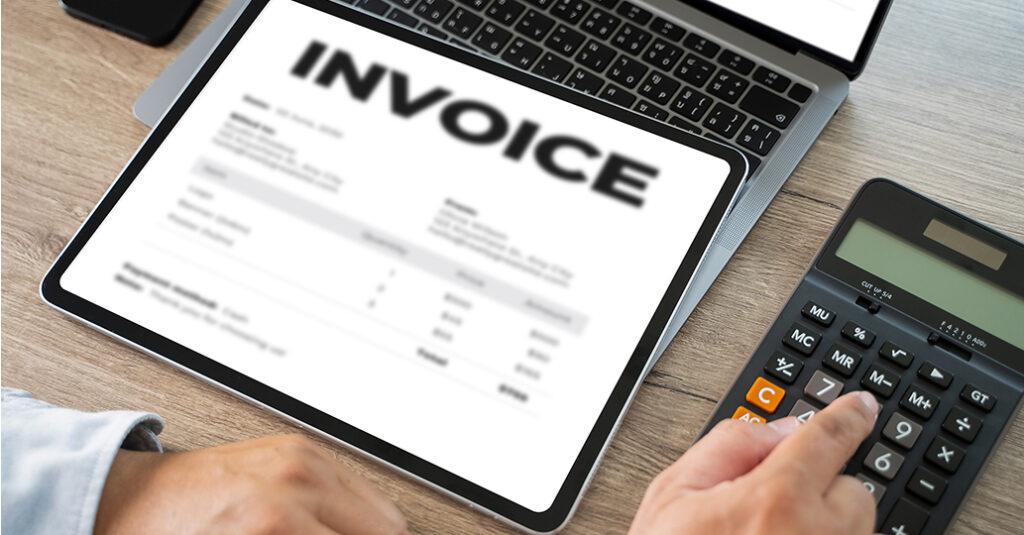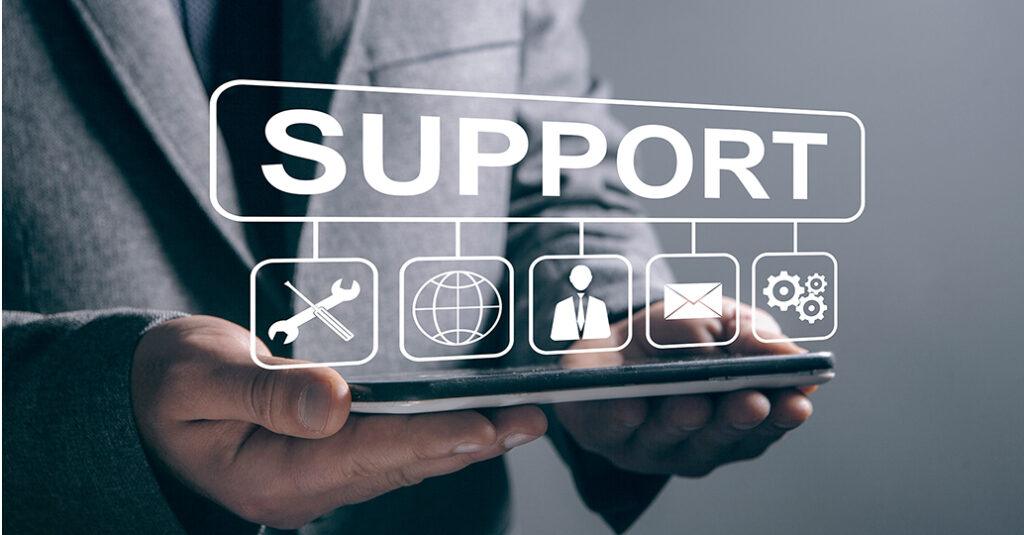
Why SMEs in Malaysia Can’t Afford to Ignore E-Invoicing
For years, many small and medium-sized enterprises (SMEs) in Malaysia have managed invoices manually—through paper records, spreadsheets, or ad hoc systems. But the business landscape is changing. With new compliance requirements, especially those from LHDN, digitalisation is no longer optional. One of the most significant shifts is the nationwide rollout of E-Invoicing in Malaysia.
This isn’t just about technology adoption; it’s about survival. SMEs that fail to embrace e-invoicing risk higher operational costs, compliance penalties, and missed opportunities for growth.
Why E-Invoicing Matters for Malaysian SMEs
Malaysia’s retail and SME ecosystem has been under immense pressure to modernise. Global supply chains are more interconnected, consumers expect faster service, and regulators are pushing for transparency.
In this environment, E-Invoicing in Malaysia delivers three critical advantages:
- Compliance with tax authorities: Ensuring alignment with LHDN’s structured e-invoice requirements.
- Efficiency in operations: Eliminating paperwork, reducing human error, and speeding up transaction processing.
- Trust with partners: Establishing transparent records that make businesses more attractive to suppliers, financiers, and customers.
For SMEs, which often operate on thin margins, these benefits directly translate into stronger cash flow and reduced risks.
Understanding the Basics
At its core, E-Invoicing in Malaysia refers to the digital exchange of invoices between businesses and LHDN’s centralised system. Instead of generating paper invoices, companies create structured electronic files that can be validated instantly by the tax authority.
This is a significant step in Malaysia’s digital economy roadmap, designed to:
- Standardise invoicing practices
- Reduce tax evasion
- Support real-time auditing
- Improve overall business transparency
For SMEs, it means shifting from manual or semi-manual invoicing to an integrated system that automatically aligns with LHDN’s requirements.
Key Benefits Beyond Compliance

While the main driver for e-invoicing is regulatory compliance, the business advantages go far deeper. SMEs adopting the system can unlock:
- Faster payments: Structured invoices reduce disputes and shorten payment cycles.
- Lower admin costs: Automated data entry and reconciliation cut labour-intensive tasks.
- Scalability: As SMEs grow, their invoicing systems can scale without adding new staff.
- Risk reduction: Reduced likelihood of invoice fraud or compliance errors.
- Better decision-making: Real-time access to transaction data helps business owners plan strategically.
These improvements give SMEs a competitive edge in a crowded market like Malaysia.
Practical Steps for SMEs to Get Started
Transitioning to e-invoicing doesn’t have to be overwhelming. Here are some practical steps SMEs in Malaysia can take:
- Understand the Requirements
Review LHDN’s published framework to ensure your invoices meet technical standards. - Choose the Right Platform
Select a solution provider that offers LHDN-ready features and can integrate with your existing accounting or retail systems. - Train Your Team
Even the best technology is only effective if your staff can use it confidently. Short training sessions can reduce adoption friction. - Test Before Full Rollout
Start with a small set of transactions to identify gaps before applying e-invoicing across the business. - Stay Updated
Regulations may evolve, so SMEs should monitor updates on compliance, such as changes in the Malaysia LHDN tax rate, to ensure continued alignment.
Common Misconceptions
Despite the clear benefits, many SMEs still hesitate. Here are a few common myths—and the facts:
- “It’s only for large companies.”
False. E-invoicing applies to businesses of all sizes, and SMEs actually stand to benefit the most. - “It will disrupt my daily operations.”
Most modern solutions integrate seamlessly with existing systems, minimising disruption. - “It’s just another cost.”
While there may be initial setup costs, long-term savings in compliance, admin, and efficiency often outweigh the expense.
Government Support and Local Context

Malaysia’s government recognises the challenges SMEs face in digital adoption. This is why there are ongoing initiatives to encourage digitalisation, including grants and tax incentives for businesses implementing compliance-ready solutions.
For SMEs, this is an opportunity to adopt e-invoicing with reduced financial burden, while ensuring they remain compliant with the country’s regulations.
FAQs About E-Invoicing in Malaysia
- What is E-Invoicing in Malaysia?
It is the mandatory system where invoices are issued, transmitted, and validated electronically in real time through LHDN’s platform. - Do SMEs really need to comply with e-invoicing rules?
Yes. The regulations apply to all businesses, and non-compliance can result in penalties and tax complications. - How will E-Invoicing in Malaysia affect cash flow?
By reducing disputes and ensuring faster validation, e-invoicing helps SMEs receive payments more quickly. - Is special software required?
Yes, businesses need to use LHDN-approved systems or integrate existing accounting platforms with e-invoicing capabilities. - Does E-Invoicing impact the malaysia lhdn tax rate?
No, it doesn’t change the tax rate itself. However, it ensures accurate reporting and compliance with the current system.
Final Thoughts
Digitalisation is no longer an option—it’s a necessity. For SMEs, adopting E-Invoicing in Malaysia is about more than just meeting tax requirements. It’s about unlocking efficiency, strengthening financial control, and staying competitive in an increasingly digital marketplace.
The sooner SMEs embrace this shift, the smoother the transition will be. Waiting too long could result in operational strain and compliance risks.
To explore compliant and scalable solutions for your business, visit https://www.paidchain.my.
